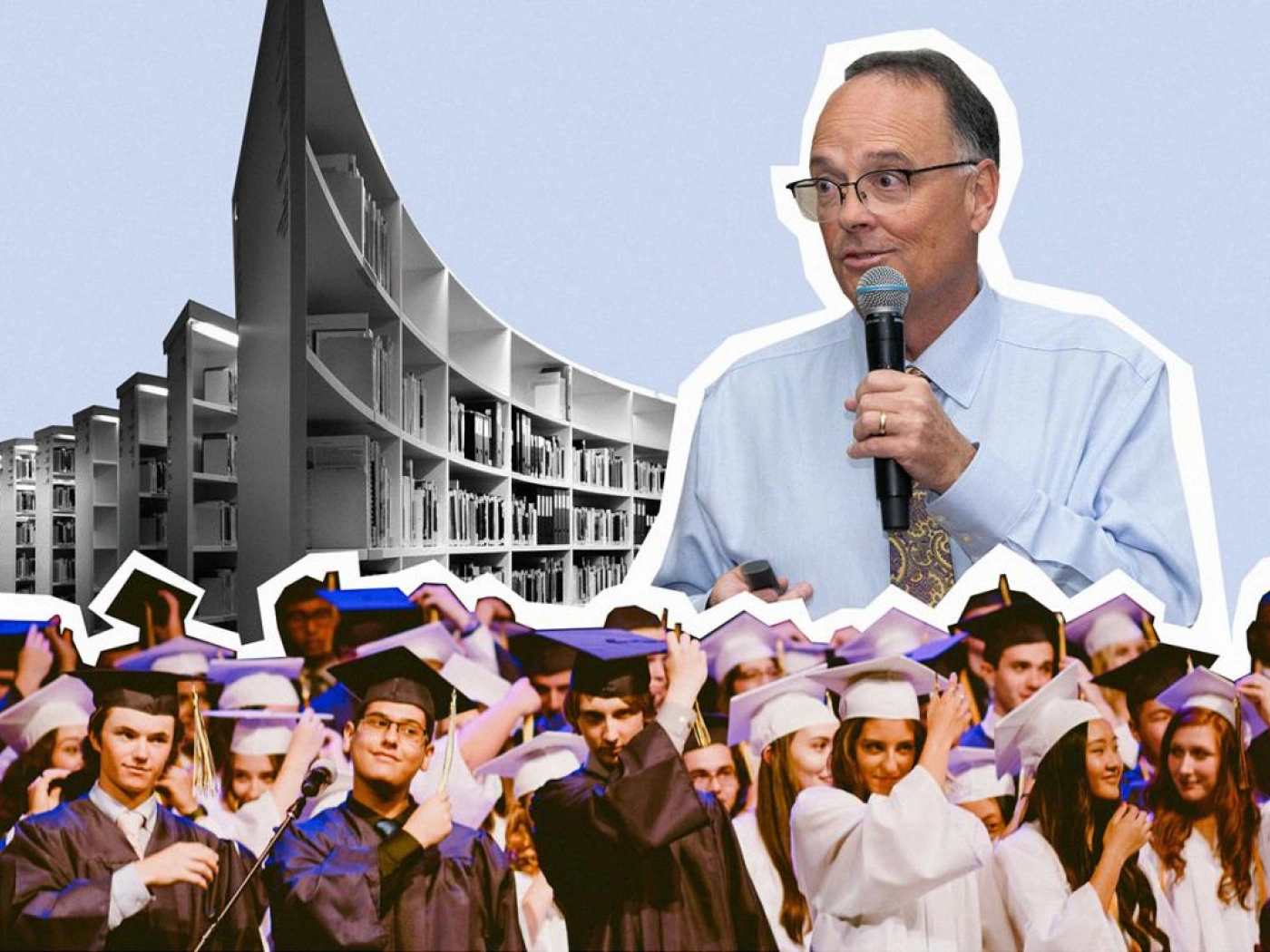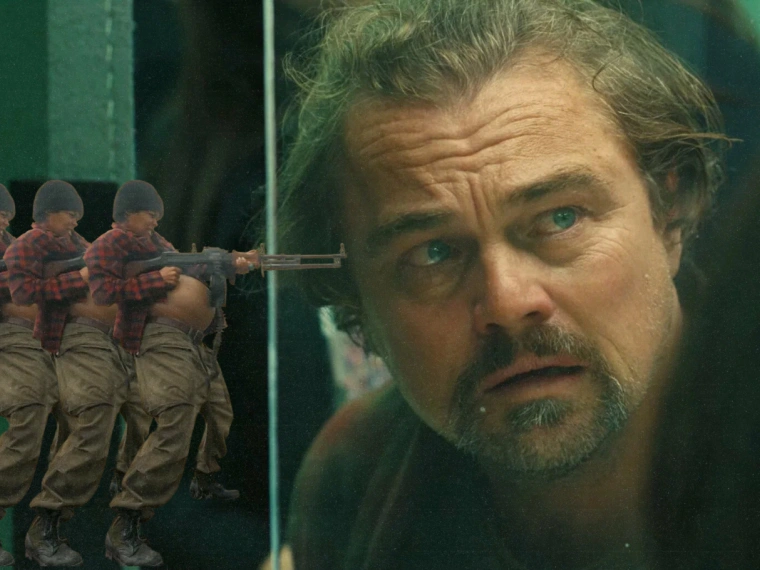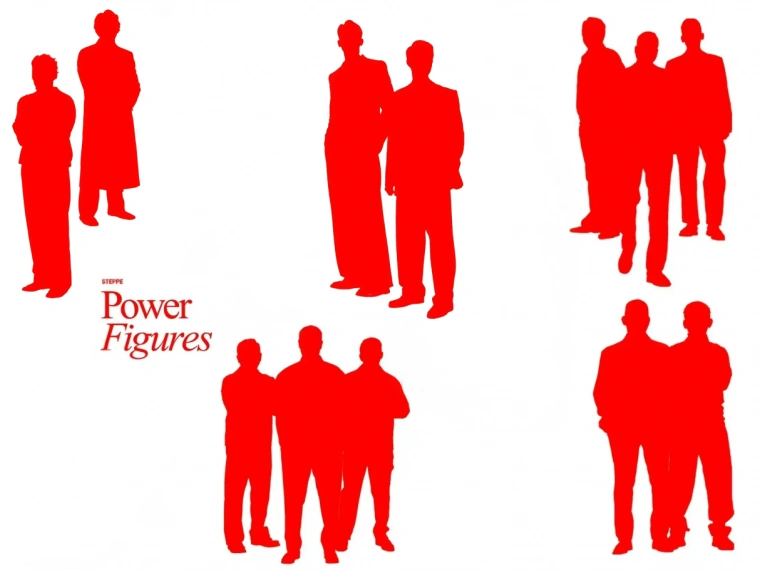
"Soviet-style education is about specialization": an interview with the President of Cintana Education about higher education in Central Asia
Cintana Education is a program that helps universities around the world improve the quality of education in order to provide higher education to more students. The universities that receive support from this program are part of the Cintana Alliance. Since last year, the Kazakhstani University AlmaU has also joined this list.
This year President of Cintana Education Dr. Rick Shangraw has visited Kazakhstan. The editors of STEPPE spoke with him about the development of higher education in Central Asia, the role of public and private universities, and the culture of American universities.
— Why did you decide to look into the development of higher education in Central Asia?
— Cintana Education operates worldwide: in the Middle East, Latin America, Europe, North Africa, Southeast Asia and China. Central Asia interests us because of the changes taking place in the field of education in the countries of this region. Leaving the USSR and gaining independence became the impetus for rethinking the role of education and finding an alternative to the Soviet style of teaching. Therefore, in all post-Soviet countries there is a high need for assistance in educating students.
We believe that Central Asia is an important area for our work.
— What are the features of the countries of Central Asia in the field of higher education? What are the main trends you can highlight?
— The main trend is to increase the number of students who are interested in the American style of education. There is also a growing interest in mobility. For example, if you teach a student in English, he will have the opportunity to be more flexible in terms of employment. In Kazakhstan, we see that students in general are becoming more passionate about their learning, new experiences and different types of education.
— What does the «Soviet style of education» mean to you?
— The Soviet style of education is about specialization. The focus is on becoming an expert in a particular field from day one. This is a great way to educate people because by the time they graduate they will be specialized in a particular area. In American style, the first couple of years are given for a wider range of courses to explore. Students study philosophy, history, science, that is, they receive interdisciplinary training and thinking, and only then they choose their specialization.
In this style, the first couple of years students develop the ability to reason, draw conclusions, make decisions, considering different points of view, and the opportunity to choose a specialization appears in the third and fourth years of study.
— What difficulties do university founders face?
— It is hard to open a university these days. First you need to understand if this makes sense. To create a university, students are needed who will come there, as well as a lot of financial resources. Next, you need to find out if it is possible to obtain a license from the state, after which you need to recruit an administration team and hire teachers.
Founding a new university is not an easy task, but at the same time it is very exciting, because you are the one who decides how it will function. Most universities have been around for more than 20 years, and some even more than 100. They all already have a plan that they have been working on for decades. Therefore, in working with such universities, it is necessary to improve the existing system. And for a new university, there is an opportunity to think over its system from the very beginning. I have experience in creating new universities: last year I opened an American university in Kyiv. It was very exciting to think about his concept from the very beginning and think about what will grow out of it. This was complicated by the military situation in Ukraine. But we see a lot of interest in teaching there. Currently the studies are taking place online for 150 students there, their specialties are «international management» and «software development».
— What is the difference in your work with private and public universities?
— State universities receive support from the authorities and are more accessible to applicants. These universities are authoritative and generally recognized. Private universities in most of the countries in which we operate have recently opened, so they are more flexible: they have not yet formed a strong «historical regulation», that is, they do not yet have a teaching system and education culture that has been developed over the years. But I think that both university models certainly have inherent advantages. For the development of higher education in the country, both options are important, as well as their combination, because the state cannot afford to build a sufficient number of universities for applicants and does not have the opportunity to provide everyone with higher education. Therefore, the opening of private universities is encouraged.
— What can be introduced into Kazakhstan from the culture of American universities?
— Multidisciplinary approach, the ability to explore several areas before choosing the main profile as well as online study options. I would like to introduce more group projects, practice, connections with companies and employers during training.
Most US universities have adopted a classroom model where lectures are held online, and discussions take place at the university itself to share opinions.
— Do you think that there is a shortage of qualified teachers in Kazakhstan and how can this problem be solved?
— I think there will always be a shortage of qualified professors. To be a good teacher, you need to be able to teach and do research yourself at the same time.
For high quality teaching, you must always learn new things in your field in order to tell your students about it. So, finding a good teacher means finding someone who is good at both teaching and research.
It’s hard, because these two aspects take time. And the traditional model of teaching in the post-Soviet space implies their differentiation: research institutes are separated from universities.
— What systems of grants and financing do you consider effective?
— I believe that the best decision in the US was the government’s investment in the National Science Foundation, which provides universities with funding for research. Also the state has invested in the National Institutes of Health (NIH), which conducts research in the field of medicine and health. The state also provided Pell Grant programs for students who, for financial reasons, cannot afford college education.
These same grants fund faculty for cutting-edge research. In this way, we get excellent teachers, and then we attract students who, without grants, would not be able to afford higher education. In the US, public universities have always received excellent funding from the government and through federal programs. State governments have run into some financial troubles over the past decade, so today most of the funding for public universities comes partly from the state in which they are located, but these federal programs have become their main source of income.
— Why did you decide to start working in Central Asia from Kazakhstan?
— I think that most of the countries of Central Asia have the potential for development. But first we decided to work with Kazakhstan, because we believe that there are many opportunities here.
But we are also negotiating with Uzbekistan on the creation of a new university, which would become a new promising university. We concluded that it is necessary to open a new university in Tashkent, and not cooperate with only one university, as we do in Kazakhstan with AlmaU.
— What directions in higher education are developing in Kazakhstan?
— In Kazakhstan, we are witnessing the active development of technology, management and mechanical engineering. We also see interest in the medical sciences: pharmaceutical and nursing, nutrition, psychology. In developing countries, there is often interest in such areas. Similar processes are now taking place in Mexico, Ecuador, Colombia, Peru, Egypt, Ukraine, Turkey, India, the Philippines and Indonesia.





